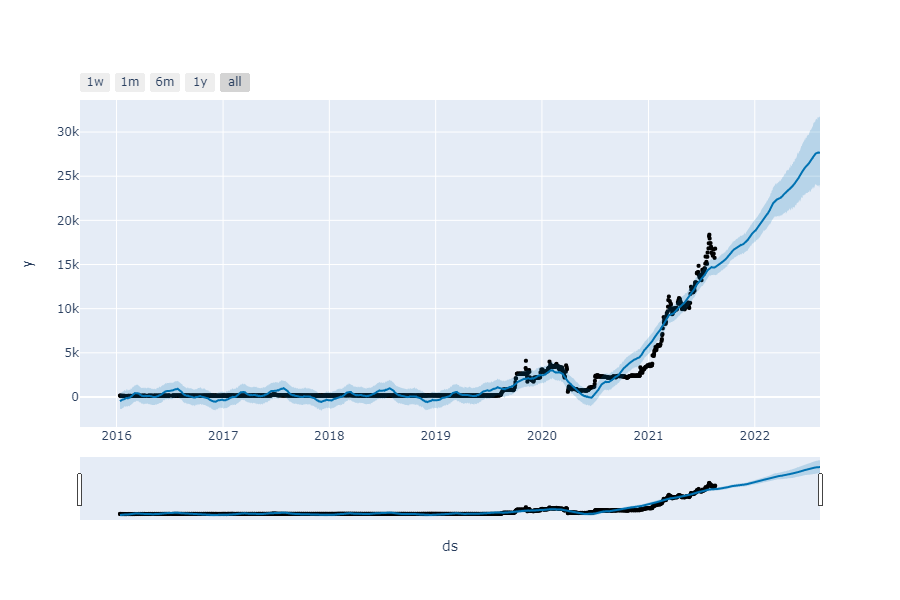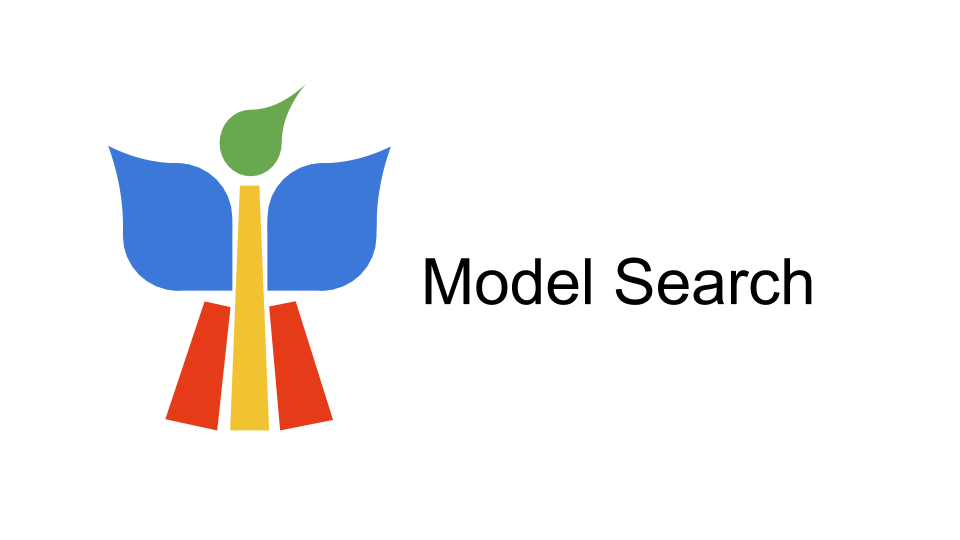Title: Secondhand-Car-Price-Predictor
-- Project Status: [Completed
✅
]
Project Intro/Objective
The purpose of this project is create a classification model capable of accurately predicting the price of secondhand cars. The data used for model building is open source and has been added to this repository. Most packages used are usually pre-installed in most developed environments and tools like collab, jupyter, etc. This can be useful for people looking to enhance the way the code their predicitve models and efficient ways to deal with tabular data!
Methods Used
- Inferential Statistics
- Machine Learning
- Feature Engineering
- Predictive Modeling
- Deep Learning
- Data Visualization
- Classification
Technologies
- Python
- Pandas, TensorFlow, SkLearn
- Collab
Project Description
- This Notebook is based off an open source dataset available on www.kaggle.com where I have created models to predict selling price of second hand cars on the basis of various parameters and attributes! The best score was 92.57% with the best MSE being around 4900
- All models are subject to betterment with more stringent hyper-parameter tuning. This can be achieved by random selection, brute force methods, etc. Various other classifiers can also be used, but the most standard classifiers have been considered in this notebook.
- Recommend standard practices for data transformation, outlier detection, and null value substitution have been incorporated in this notebook.
- Good visualizations have also been shown in the notebook for explaining the importance and significance of certain parameters. It can be easily understood by people coming from non-technical backgrounds. Various parameter tuning and scaling methods are shown that helped me achieve enhanced results!
- Recommend standard practices for data transformation, outlier detection, and null value substitution have been incorporated in this notebook.
- This code has been UPVOTED by 10 People, Including Kaggle Grandmasters (Highly recognised people for their achievements in the data science Community). I have received a bronze medal for my code in the community.
Getting Started
One can simply download the notebook and dataset, open in platforms like Jupyter, Collab, and Run each cell to see results! This Python 3 environment comes with many helpful analytics libraries installed It is defined by the kaggle/python Docker image: https://github.com/kaggle/docker-python For example, here's several helpful packages to load
import numpy as np # linear algebra import pandas as pd # data processing, CSV file I/O (e.g. pd.read_csv)
Input data files are available in the read-only "../input/" directory For example, running this (by clicking run or pressing Shift+Enter) will list all files under the input directory
import os for dirname, _, filenames in os.walk('/kaggle/input'): for filename in filenames: print(os.path.join(dirname, filename))
Contact
- Feel free to contact team leads with any questions or if you are interested in contributing!
- https://www.linkedin.com/in/akarshsinghh/

.png)



